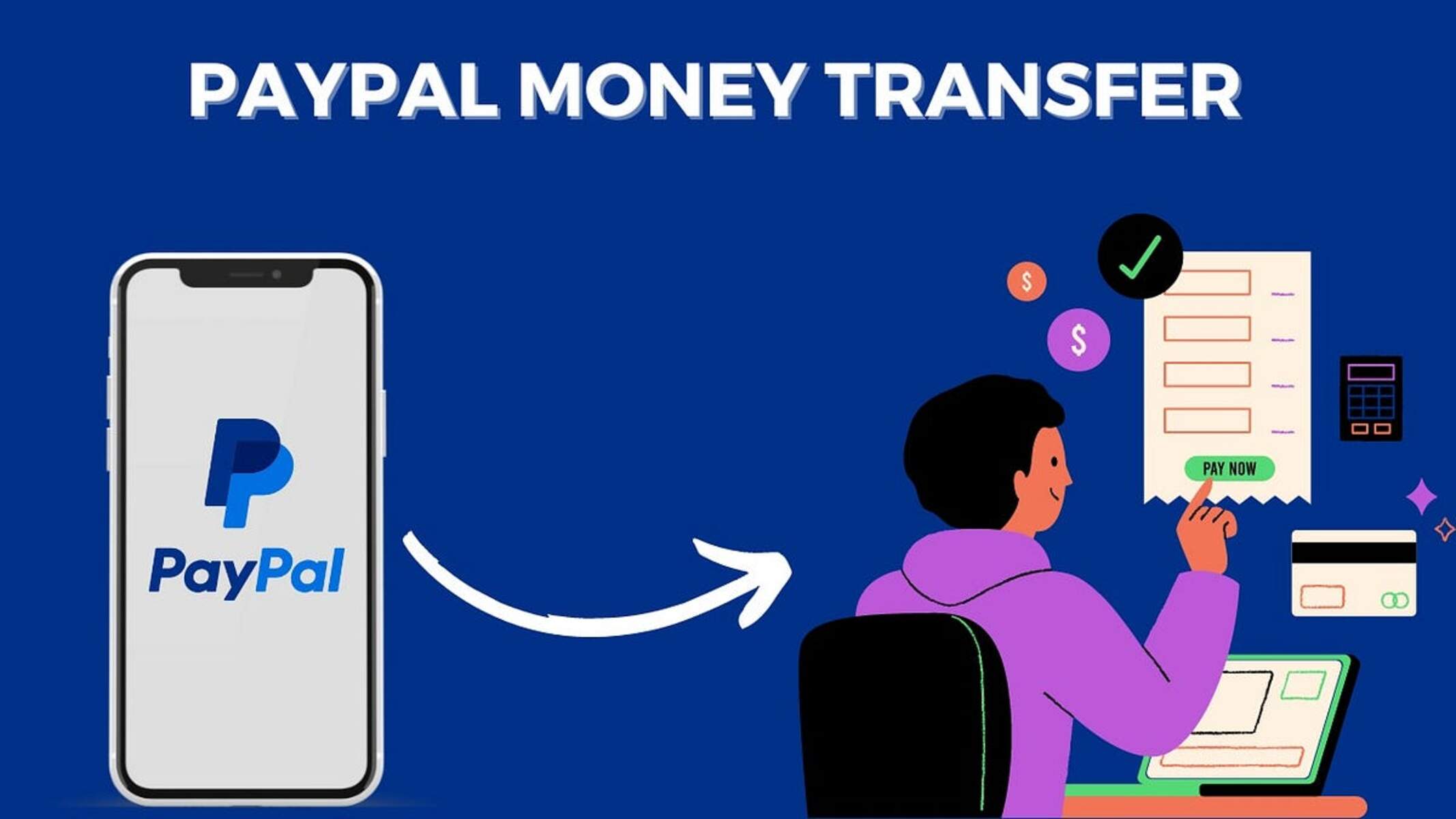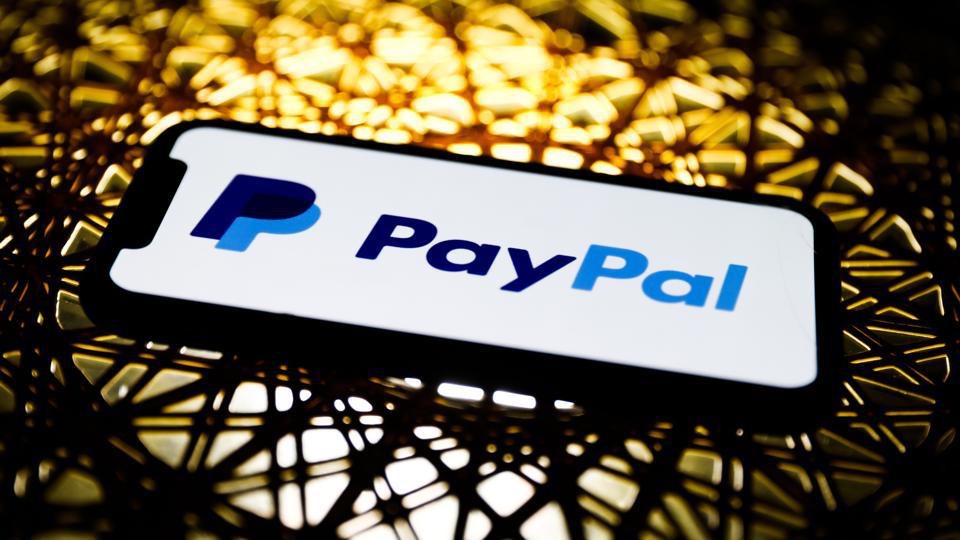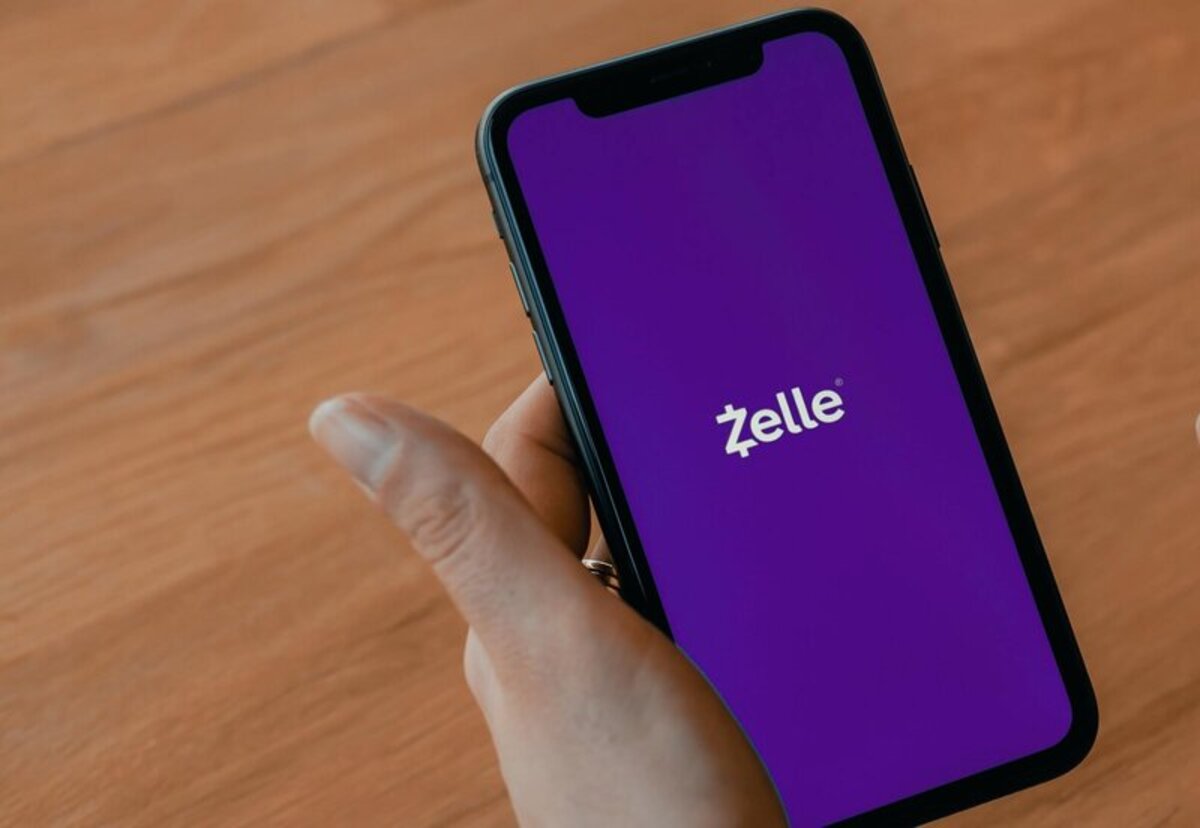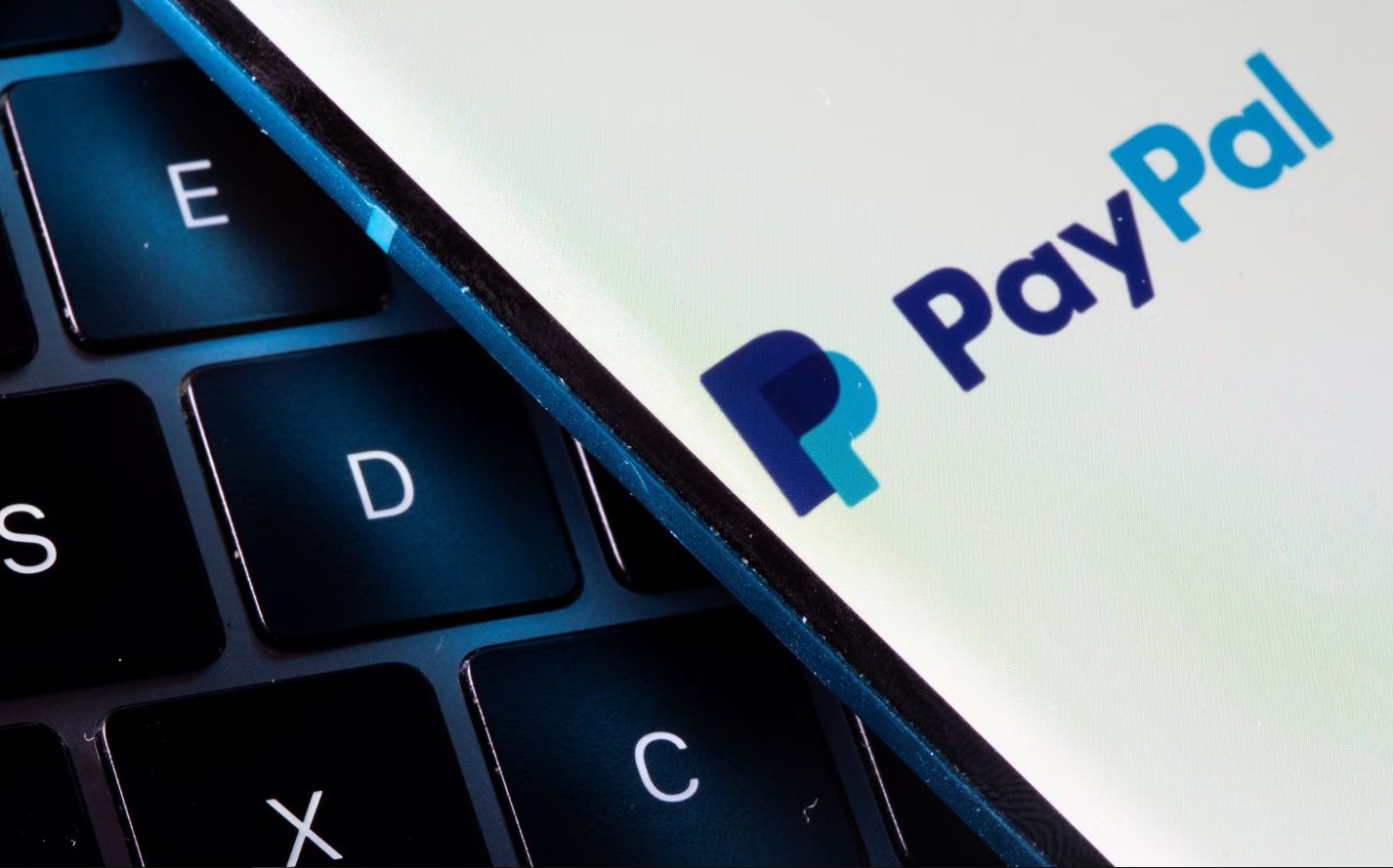Introduction
Welcome to this guide on how to cancel a money transfer to a bank in PayPal. PayPal is a popular online payment platform that allows users to securely send and receive money internationally. One of its features is the ability to transfer money from your PayPal account to your linked bank account.
However, there are situations where you may need to cancel a money transfer to a bank in PayPal. It could be due to an error in the transfer details, a change in your financial circumstances, or simply a change of mind. Whatever the reason, it’s good to know how to cancel a money transfer to a bank in PayPal to avoid any unnecessary delays or complications.
In this guide, we will walk you through the steps to cancel a money transfer to a bank in PayPal, as well as provide alternative options if the cancellation is not successful. Whether you’re a new PayPal user or someone who has been using the platform for a while, this guide will help you navigate the process smoothly.
Please note that the cancellation process may differ depending on your location and the specific features available in your PayPal account. It’s always a good idea to double-check PayPal’s official documentation or consult their customer support if you encounter any issues while canceling a money transfer to a bank.
Now, let’s dive into the details of how to cancel a money transfer to a bank in PayPal and explore the different scenarios you may encounter along the way.
Understanding PayPal’s Money Transfer to Bank feature
Before we delve into the process of canceling a money transfer to a bank in PayPal, it’s essential to understand how the Money Transfer to Bank feature works. PayPal provides this feature as a convenient way for users to transfer funds from their PayPal account to their linked bank account.
When you initiate a money transfer to your bank, PayPal withdraws the specified amount from your PayPal balance and transfers it to your bank account. This transfer typically takes a few business days to complete, depending on the processing time of your bank.
It’s important to keep in mind that there may be fees associated with this transaction, such as withdrawal fees or currency conversion charges, depending on your account type and the specific terms and conditions of your PayPal account.
To utilize the Money Transfer to Bank feature in PayPal, you need to have a verified bank account linked to your PayPal account. Verifying your bank account requires adding and confirming your bank account details, which may involve providing specific information or completing a verification process initiated by PayPal.
Once your bank account is linked and verified, you can transfer funds from your PayPal balance to your bank account whenever needed. This feature provides flexibility and convenience for managing your finances and accessing your funds outside of the PayPal platform.
Now that you have a better understanding of how PayPal’s Money Transfer to Bank feature works, let’s explore the reasons why you might need to cancel a money transfer to a bank in PayPal.
Reasons to cancel a money transfer to bank in PayPal
There can be various reasons why you may need to cancel a money transfer to a bank in PayPal. These reasons can range from simple mistakes made during the transfer process to more significant financial changes or personal circumstances. Here are some common reasons why you might want to cancel a money transfer to a bank in PayPal:
- Mistaken transfer details: It’s not uncommon to enter incorrect bank account details while initiating a transfer. This can include errors in account numbers, routing numbers, or even selecting the wrong bank. If you realize that you have made a mistake, it is crucial to cancel the transfer as quickly as possible to avoid any potential complications.
- Funds no longer needed: There may be instances where you initiated a money transfer to your bank account but subsequently realized that you no longer need the funds. Whether it’s because the intended purpose for the transfer has changed or you have found an alternative source of funding, canceling the transfer can help prevent unnecessary funds from being withdrawn from your PayPal balance.
- Financial changes: Your financial situation may change unexpectedly, making it necessary to cancel a money transfer. This could include receiving unexpected expenses, experiencing a financial emergency, or needing to allocate funds differently. To maintain better control over your finances, canceling the transfer ensures that your money remains in your PayPal account until you have a clearer understanding of your financial needs.
- Transaction delays: Sometimes, transfers to bank accounts may experience unexpected delays. This can be due to various factors, such as technical issues or processing delays on the bank’s side. If you are in urgent need of the funds or have encountered unexpected circumstances, canceling the transfer allows you to explore alternative options without waiting for the transfer to complete.
- Change of mind: Lastly, you might simply have a change of mind after initiating the money transfer. It could be due to reconsidering a purchase, finding a better deal elsewhere, or deciding to keep the funds in your PayPal account for future use. Canceling the transfer gives you the flexibility to make adjustments to your financial decisions.
Regardless of the reason, it’s important to be aware of the steps involved in canceling a money transfer to a bank in PayPal. In the next section, we will guide you through the process, ensuring that you can navigate the cancellation process with ease.
Steps to cancel a money transfer to bank in PayPal
If you find yourself needing to cancel a money transfer to a bank in PayPal, follow these steps to initiate the cancellation process:
- Log in to your PayPal account: Visit the PayPal website or open the mobile app and log in to your PayPal account using your credentials.
- Access your transaction history: Once logged in, navigate to the “Activity” or “Transaction” section of your PayPal account. This section contains a detailed history of all your transactions.
- Select the money transfer to cancel: Locate the specific money transfer to the bank that you wish to cancel within your transaction history. Click on the transaction to view its details.
- Initiate the cancellation: Within the transaction details, you should find an option to cancel the transfer. This option may be labeled as “Cancel transfer,” “Cancel payment,” or a similar variation.
- Confirm the cancellation: After selecting the cancellation option, PayPal may prompt you to confirm your decision. Read through the cancellation confirmation message carefully, as it may provide you with important information regarding any associated fees or repercussions of canceling the transfer.
- Verify the cancellation: Once you have confirmed the cancellation, check your PayPal account or transaction history to ensure that the money transfer has been successfully canceled. You should see the cancellation reflected in the transaction details.
It is essential to keep in mind that the cancellation process may vary depending on your location and the specific features available in your PayPal account. If you encounter any difficulties or are unable to locate the cancellation option, refer to PayPal’s official documentation or reach out to their customer support for further assistance.
Now that you know how to cancel a money transfer to a bank in PayPal, let’s discuss what you can do if the cancellation process is unsuccessful.
What to do if the cancellation is unsuccessful
In some cases, you may encounter difficulties or receive an error message when attempting to cancel a money transfer to a bank in PayPal. If the cancellation is unsuccessful, here are a few steps you can take to address the situation:
- Contact PayPal customer support: If you’re unable to cancel the transfer through the usual process, reach out to PayPal’s customer support team for assistance. They can help troubleshoot the issue, provide guidance, and advise you on the next steps to take.
- Review the transaction details: Double-check the transaction details of the money transfer to ensure that you have correctly selected the cancellation option. Verify that you are canceling the correct transfer and that there are no specific limitations or restrictions that prevent the cancellation.
- Check your bank account: If the transfer has already been processed and the cancellation is unsuccessful, check your bank account to confirm if the funds have been deposited. If the money is already in your bank account, you may need to explore other options to retrieve the funds, such as initiating a transfer back to your PayPal account.
- Consider a transfer reversal: Depending on the specific circumstances and the policies of your bank, you may be able to request a transfer reversal. This involves contacting your bank’s customer support and explaining the situation. Be prepared to provide necessary documentation or evidence to support your request.
- Monitor your PayPal account: Keep a close eye on your PayPal account and transaction history to ensure that there are no further issues or unexpected deductions. If you notice any unauthorized transactions or discrepancies, promptly report them to PayPal’s customer support.
Remember, PayPal’s policies and procedures can vary depending on your location and account type. It’s crucial to consult PayPal’s official documentation or contact their customer support directly for the most accurate and up-to-date information regarding unsuccessful money transfer cancellations.
In the next section, we will explore alternative options you can consider if you are unable to cancel a money transfer to a bank in PayPal.
Alternative options to cancel a money transfer to bank in PayPal
If you find yourself unable to cancel a money transfer to a bank in PayPal, don’t worry. There are alternative options you can consider to address the situation and retrieve the funds:
- Transfer the funds back to PayPal: If the money transfer has already been processed and you are unable to cancel it, one option is to initiate a transfer from your bank account back to your PayPal account. This will return the funds to your PayPal balance, allowing you to use them within the PayPal platform.
- Use the funds for future transactions: If canceling the money transfer is not feasible or practical, you can consider using the funds for future transactions or purchases. Assess your financial needs and determine if there are any upcoming payments or expenses where the funds can be utilized effectively.
- Transfer the funds to another bank account: If you urgently need the funds in a different bank account, consider initiating a transfer from your PayPal account to the desired account. Ensure that the account details are accurate and double-check any associated fees or processing times.
- Explore other withdrawal options: PayPal offers various withdrawal options, such as requesting a check or using a PayPal debit card. If canceling the money transfer to your linked bank account proves challenging, it may be worth considering alternative withdrawal methods supported by PayPal.
- Seek assistance from PayPal customer support: When all else fails, it’s recommended to reach out to PayPal’s customer support and explain your situation. They may be able to provide additional guidance, offer alternative solutions, or initiate further investigation to assist you in retrieving the funds.
It’s essential to consider the specific terms and conditions of your PayPal account, any associated fees, and the availability of these alternative options in your region. PayPal’s customer support can provide you with specific advice based on your account and location, so don’t hesitate to reach out to them for assistance.
Now that you’re aware of the alternative options available, let’s wrap up this guide.
Conclusion
Cancelling a money transfer to a bank in PayPal is a process that may be required for various reasons, such as mistaken transfer details, changes in financial circumstances, or a simple change of mind. Understanding how PayPal’s Money Transfer to Bank feature works and being aware of the steps to cancel a transfer is important for a smooth experience.
In this guide, we discussed how PayPal’s Money Transfer to Bank feature allows users to conveniently transfer funds from their PayPal account to their linked bank account. We also explored common reasons why you might need to cancel a transfer, such as incorrect details, no longer needing the funds, financial changes, transaction delays, or a change of mind.
To cancel a money transfer to a bank in PayPal, you need to log in to your PayPal account, access your transaction history, select the transfer to cancel, initiate the cancellation, and verify its success. If the cancellation is unsuccessful, you can contact PayPal customer support, review the transaction details, check your bank account, consider a transfer reversal, or monitor your PayPal account for any further issues.
If you are unable to cancel the transfer, alternative options include transferring the funds back to PayPal, using them for future transactions, transferring them to another bank account, exploring other withdrawal options, or seeking assistance from PayPal customer support.
Remember, the specific processes and policies may vary depending on your location and account type. Always consult PayPal’s official documentation or contact their customer support for the most accurate and up-to-date information.
We hope this guide has provided you with the knowledge and steps you need to cancel a money transfer to a bank in PayPal. With these insights, you can navigate the process smoothly and make informed decisions regarding your financial transactions on the PayPal platform.

























